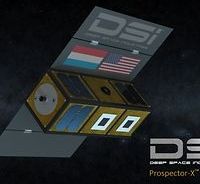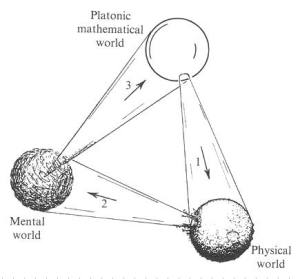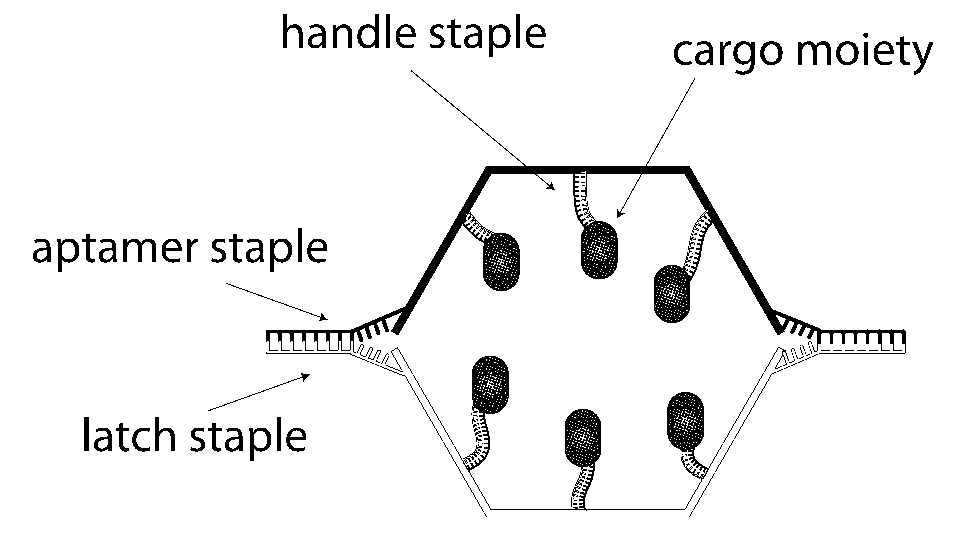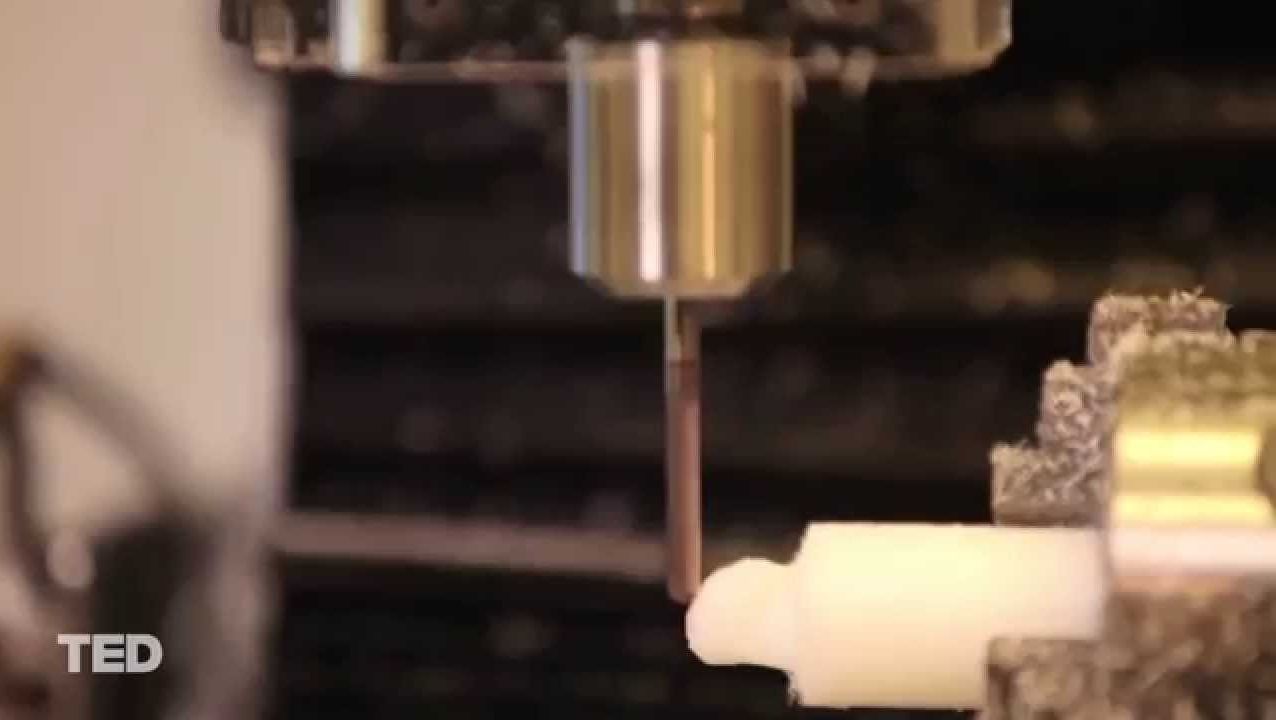
A study of the embryonic nervous system of the fruit fly throws light on how two neuronal cell lineages that develop at different times and in different places in the ventral nerve cord of the embryo can ultimately result in very similar neuronal subtypes. The study, publishing in the Open Access journal PLOS Biology on 5th May, is a collaboration between research teams in Madrid (Spain) and Linköping (Sweden).
In the paper, Hugo Gabilondo, Johannes Stratmann and their colleagues report that a crucial terminal selector gene, col, is activated by different sets of spatio-temporal selector genes in the two different neuronal cell lineages. In dAp neurons, which are present throughout the thorax and abdominal segments, col is activated directly by the action of the early temporal genes Kruppel (Kr) and pdm, and the GATA transcription factor gene grain (grn). By contrast, in Tv1 neurons, which are specific to the thoracic segments, col is activated by the late temporal gene cas, together with several other genes that feed forward onto the terminal selector gene cascade downstream of col. The result is expression of the neuropeptide Nplp1 in both dAp and Tv1 neurons.
The developing nervous system generates many different neuronal cell types; understanding this process of cell fate specification remains a major challenge for biologists. Complex cascades of regulatory genes are known to be involved, starting with spatial and temporal selector genes and finishing with terminal selector genes, all of which act in various combinations to dictate the ultimate neuronal cell type. A particular neuronal cell type often arises in several parts of the nervous system and at different stages of development, however, suggesting that different spatio-temporal cues can converge on the same terminal selectors to generate a similar cell fate. This study reports evidence of this phenomenon in an example from the fruit fly, Drosophila melanogaster.
Continue reading “Gene cascade specifies two distinct neuron sets expressing Nplp1” »

















